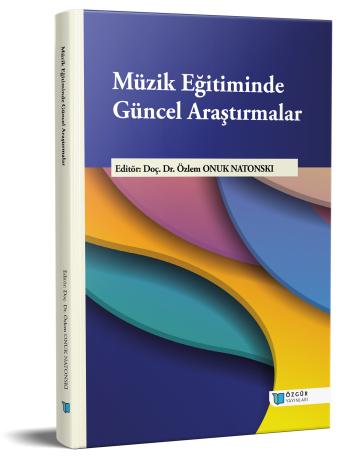
Approaches to Voice Training in Turkish Music
Chapter from the book:
Onuk Natonskı,
Ö.
(ed.)
2025.
Current Research in Music Education.
Synopsis
Voice training is defined as a systematic process aimed at the correct, effective, and aesthetic use of the human voice. This study explores the historical development of voice training, its institutionalization in Turkey, and provides an overview of universities that currently offer opera programs along with their years of establishment.
In relation to Turkish music, voice training is examined within the framework of its structural features, definition, and the meşk tradition. Particular attention is given to turning points such as the pioneering role of Münir Nurettin Selçuk, whose solo performance practice highlighted the necessity of institutionalized training. The study also emphasizes the historical continuity of institutions offering education in this field.
The central problem addressed is the absence of a standardized voice training curriculum in the growing number of Turkish music conservatories. Additionally, the nearly fifty-year interruption in Turkish music education led to the dominance of Western-oriented music pedagogy, resulting in the development of vocal training on a Western foundation. Within this context, the challenges of adapting Western-based techniques to Turkish music, as well as conceptual debates surrounding the term şan, are discussed.
The study aims to examine these adaptation challenges, clarify misconceptions between voice training and şan, and highlight the importance of hançere exercises and the meşk tradition in addressing them. It further seeks to contribute alternative perspectives and pedagogical insights to the field.
Adopting a qualitative design, the study employed document review and content analysis, surveying the literature and analyzing selected performance recordings. Principles of voice training and approaches specific to Turkish music were evaluated, while QR codes were used to provide access to exemplary recordings in the context of nuance and ornamentation.
The findings reveal that resolving conceptual debates and current challenges could foster the development of a standardized methodology for Turkish music voice training. Comparative curriculum studies and the integration of digital tools into education are also suggested as practical steps forward.

